In the realm of nuts, the chestnut-like Chinese hickory, scientifically known as Torreya grandis, holds a unique and esteemed position. This ancient tree species, native to China, produces seeds, commonly referred to as “xiangbi” or simply Chinese hickory nuts, that are highly valued for their rich, buttery flavor and nutritional benefits. From being a staple in traditional Chinese medicine to being a modern-day snack favorite, Chinese hickory nuts offer a delightful taste experience. However, enjoying their full potential hinges on selecting fresh nuts, as stale ones can drastically diminish the eating experience. To help you navigate this delicate choice, here are three essential tips for identifying fresh Chinese hickory nuts.
Inspect the Shell’s Appearance and Texture**
The first line of defense in determining the freshness of Chinese hickory nuts lies in examining their shells. Fresh nuts typically feature a smooth, evenly colored exterior, ranging from a light to dark brown, depending on the variety and ripeness. Avoid nuts with cracked, chipped, or excessively dark shells, as these could indicate that the nuts have been handled roughly, stored improperly, or are past their prime.
Moreover, feel the texture of the shell. Fresh Chinese hickory nuts should have a slightly tacky or slightly damp feel due to the natural oils present within. If the shell feels excessively dry or brittle, it might suggest that the nut has lost moisture, a sign of aging. Conversely, overly moist or slimy shells could indicate moisture damage or improper storage conditions, leading to potential mold growth.
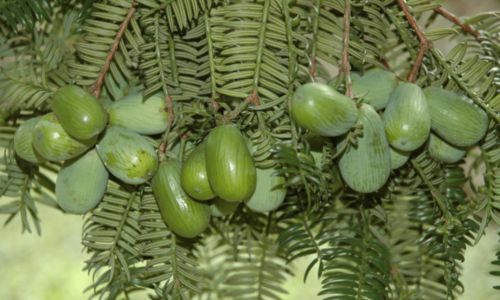
A close inspection under good lighting can also reveal subtle differences. Fresh nuts often have a slight shine to their shells, a result of the natural oils that keep them preserved. Dull, matte shells, on the other hand, might be a red flag for stale nuts.
Assess the Kernel’s Condition**
While examining the shell provides initial clues, the true test of freshness lies within the kernel. If possible, crack open a few nuts to inspect the interior. Fresh Chinese hickory kernels should be a creamy white to light beige in color, with a firm yet tender texture. They should also exhibit a natural, nutty aroma that is inviting and slightly sweet.
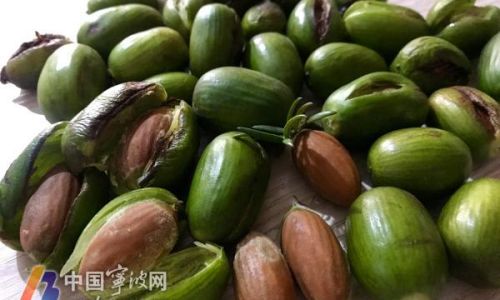
Stale kernels often display discoloration, ranging from yellowing to brown spots, which can be indicative of oxidation or moisture damage. Additionally, the texture of an old kernel might feel dry, crumbly, or even have a hollow feel, a sign that moisture has been lost. A strong, unpleasant odor or an absence of any aroma at all can also be telltale signs of poor freshness.
It’s worth noting that some varieties of Chinese hickory nuts have kernels with natural dark streaks or spots, which are perfectly normal and should not be confused with signs of spoilage. Knowledge of the specific variety you are purchasing can help distinguish between natural variations and freshness issues.
Consider the Source and Storage Conditions**
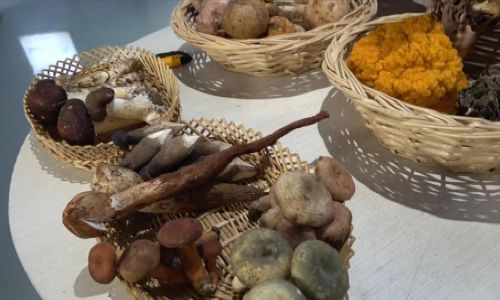
The final, yet crucial, aspect of ensuring fresh Chinese hickory nuts involves understanding their source and storage conditions. Ideally, fresh nuts should be sourced directly from reputable farmers or suppliers who prioritize timely harvesting and proper storage. This ensures that the nuts are processed and packaged soon after being picked, minimizing the risk of spoilage.
Look for packaging that indicates a recent harvest date and check for any signs of tampering or damage that could have compromised the nuts’ freshness. Vacuum-sealed or airtight packaging helps maintain freshness by preventing oxygen exposure and moisture loss. Additionally, nuts stored in cool, dry places away from direct sunlight and heat retain their quality longer.
If purchasing from a market or store, ask about their turnover rate and storage practices. Fresh nuts should be displayed in controlled environments to maintain optimal conditions. Bulk bins, unless frequently rotated and well-maintained, can pose a risk of contamination and stale products.
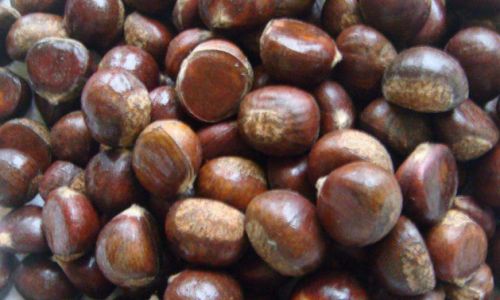
Moreover, be mindful of the season. Chinese hickory nuts are typically harvested in autumn, so nuts sold during or shortly after this period are likely fresher than those available off-season. While frozen or dried nuts can be a year-round option, they don’t quite match the taste and texture of freshly harvested nuts.
In conclusion, identifying fresh Chinese hickory nuts involves a combination of visual inspection, kernel assessment, and understanding the nuts’ journey from farm to your table. By paying attention to these three essential tips, you can ensure that your next batch of Chinese hickory nuts delivers on both flavor and nutritional value. Remember, fresh nuts are not only a delight to eat but also pack a nutritional punch, making them a worthy addition to your diet. So, the next time you’re in the market for this ancient and exquisite nut, keep these tips in mind for a truly satisfying experience.
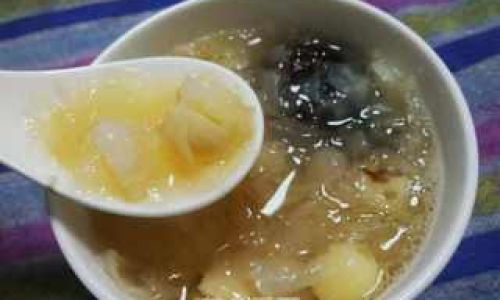
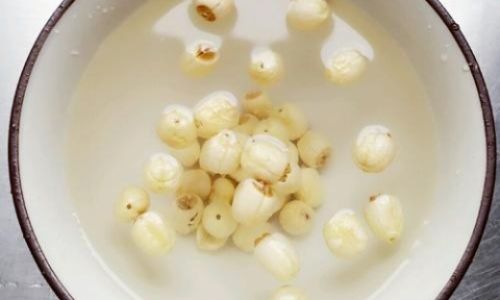
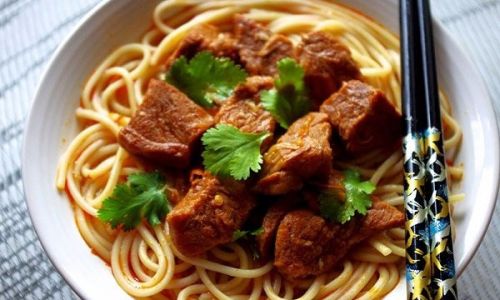
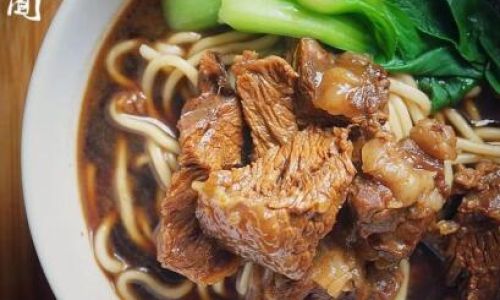
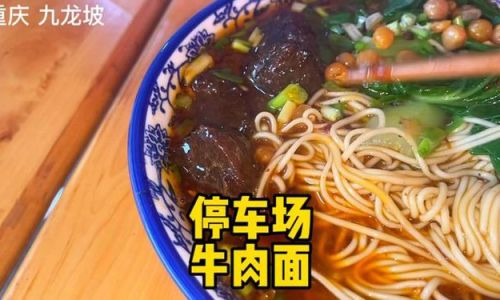
0 comments